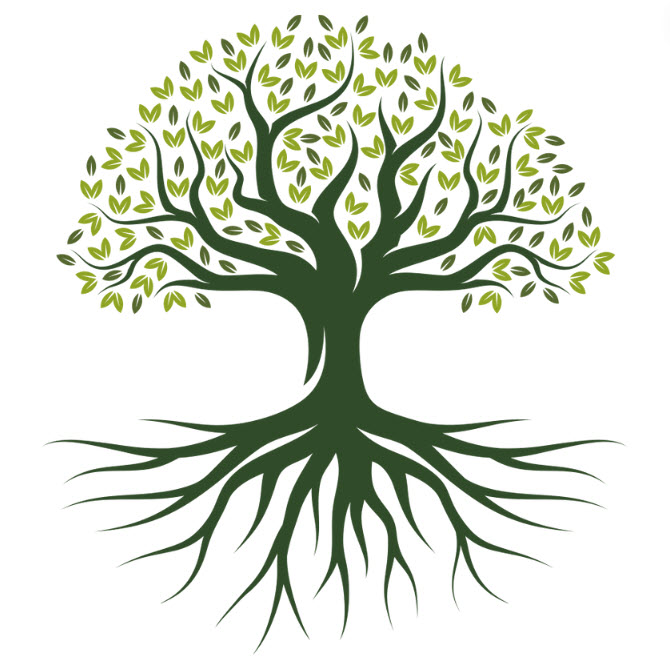Tree Pruning
Tree services are essential to maintaining the health and beauty of trees in various landscapes. These services, including pruning, planting, and health assessments, help ensure that trees continue to thrive and contribute to the environment.
Importance of Tree Pruning
Tree pruning is a vital part of tree care that involves the careful removal of certain branches or parts of a tree. Pruning improves the tree’s health, structure, and appearance while preventing potential hazards like falling dead branches. It also promotes better growth by allowing more sunlight and air to reach the tree’s interior.
Tree pruning services are often sought to maintain the health and aesthetics of trees. These type of tree removal services are provided by professional arborists who understand how to prune trees without causing harm, ensuring the trees’ longevity and safety.
The cost of tree pruning can vary depending on the size and condition of the tree, as well as its location. Larger trees or those in hard-to-reach places may require more time and resources, leading to higher costs.
Tree Species and Their Specific Care Needs
Different species of trees require specific care to ensure their health and growth.
Apple trees need regular pruning to maintain their shape and encourage fruit production. Removing dead or diseased branches helps prevent the spread of disease and ensures healthy growth.
Crepe myrtle trees are known for their vibrant flowers and smooth, exfoliating bark. Pruning should be done carefully to avoid damaging the tree and to encourage more blooms.
Palm trees are commonly found in tropical regions and require pruning to remove dead or dying fronds. Over-pruning can stress the tree, so it’s important to prune only as needed.
Japanese maple trees are prized for their delicate foliage and stunning autumn colors. Light pruning in late winter or early spring helps maintain their shape and remove any dead or crossing branches.
Cherry trees are valued for their beautiful spring blossoms. Pruning is essential to remove dead or damaged branches and to improve air circulation within the tree.
Maple trees are a staple in many landscapes, known for their vibrant fall colors. Pruning should be done in late winter or early spring to remove dead or diseased branches and maintain the tree’s structure.
Pear trees require regular pruning to maintain their shape and encourage fruit production. Removing weak or damaged branches helps ensure the tree’s overall health.
Oak trees are sturdy and long-lived, often forming the backbone of a landscape. Pruning should be done during the tree’s dormant season to reduce the risk of diseases like oak wilt.
Plum trees are another type of fruit tree that benefits from regular pruning. Pruning helps remove dead or diseased wood and improves air circulation within the tree.
Pine trees are evergreen conifers that typically require minimal pruning. However, removing dead or damaged branches can help maintain the tree’s health and shape.
Arborvitae is often used for hedges and privacy screens. Pruning helps maintain its shape and encourages dense growth. It’s best to prune in early spring or late fall.
Magnolia trees are known for their large, fragrant flowers. Pruning should be done after flowering to remove dead or damaged branches and to maintain the tree’s shape.
Dogwood trees are admired for their spring blossoms and attractive fall foliage. Pruning helps remove any dead or diseased wood and improves the tree’s overall health.
Holly trees are evergreen trees that produce bright red berries. Pruning helps shape the tree and remove any dead or damaged branches. It’s best to prune in late winter.
Evergreen trees retain their foliage throughout the year, providing consistent color and structure in a landscape. Pruning helps maintain their shape and remove any dead or diseased branches.
Weeping cherry trees are valued for their graceful, cascading branches and spring blossoms. Pruning after flowering helps maintain their shape and remove deadwood.
Mulberry trees are fast-growing trees that produce sweet, edible fruit. Regular pruning helps control their size and remove any dead or damaged branches.
Redbud trees are small, ornamental trees known for their vibrant spring flowers. Pruning in late winter or early spring helps maintain their shape and remove any deadwood.
Willow trees are recognized for their graceful, arching branches. Pruning helps remove dead or damaged wood and maintain the tree’s form, ideally done in late winter.
Cherry blossom trees are iconic for their stunning springtime blooms. Pruning after blooming helps maintain the tree’s health and shape.
Dealing with Dead Branches
Dead branches on a tree can be a safety hazard, as they may fall and cause injury or damage. Removing these branches is crucial to maintain the tree’s health and the safety of the surrounding area. Professional arborists can safely remove dead wood, ensuring the tree’s overall well-being.
Additional Tree Considerations
Silver birch trees are known for their striking white bark and delicate leaves. Pruning helps maintain their shape and remove any dead or damaged wood. Pruning is best done in late winter or early spring to encourage healthy growth.
In conclusion, tree services, including pruning and specific care tailored to different species, are essential for maintaining healthy and beautiful landscapes. Whether it’s routine maintenance or addressing particular issues, professional tree care ensures that trees continue to thrive and enhance the environment for years to come. See more here.

